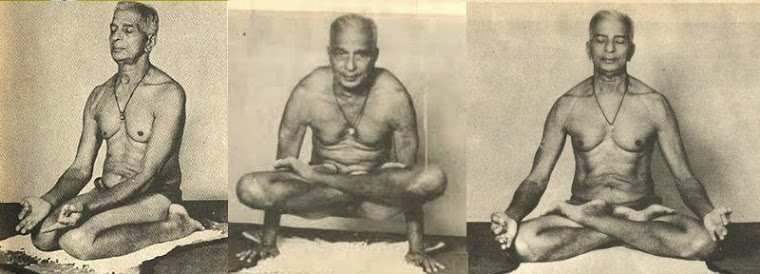1. A group of key words is called note.
2. Only noun,verb or adjective or its phrases can make
key words.
3. A logical arrangement of key words should be done so
that you get the complete picture of the topic.
4. Only
10-20 % of the words should .
5. Use
only white sheet of paper to make key notes.
6. Practice at least for ten
paragraphs till you become expert in keynoting.
Example of keynote masking:
FISHING
Fishing
is one of old occupations of human beings. Even today it is a very important
occupation. It can be carried on in the traditional way on a small scale or in
the modern way and a large scale. Fishing includes the catching
Mind
Power Learning Systems of all types of fish such as crabs, seals, whales and
shellfish from river seas and oceans.
There
are 3 types of fishing. They are fresh water fishing, coastal fishing, deep sea
fishing. Fresh water fishing is carried on inland water bodies such as rivers
lakes and ponds. Coastal fishing is carried on along the sea coast. Deep sea
fishing is carried on in the open seas and oceans.
The methods of fishing are traditional methods
or modern techniques of fishing. Traditional methods of fishing include the use
of small nets and small boat. Fish is caught for their own consumption or for
the local market. Modern techniques of fishing include the use of modern ships
and travelers. And the ships have refrigeration and fish processing facilities
and they act as floating factories. They remain in the sea for a long period of
time. The fish that they catch is for commercial purposes. Japan, the USA,
Russia, Norway, Sweden and Britain have developed commercial fishing on a large
scale.
KEY NOTES : Oldest
occupation – two types traditional and modern- catch different types of fish
fresh water fishing in inland water body – costal fishing in sea fishing in
open seas and oceans traditional method use – small net and boat – self use or
market – modern method use – ship and travelers- own refrigeration – remain in
sea – floating factories – advanced countries have developed modern methods –
large scale.







